#California landscapes
Explore tagged Tumblr posts
Text
Brooks Anderson.






Stunning realist works from Northern California-based artist Brooks Anderson.
With an underlying divine essence, Anderson's contemporary landscapes capture the beauty of land, sea, and sky with a haunting and powerful presence. Immersed in the painting process, he skillfully layers vivid, translucent colors while sustaining a dynamic composition. Through his exploration of the subject matter, Anderson unveils a deeply profound and captivating essence in his art.

THE SUPERSONIC ART SHOP | FOLLOW ON INSTAGRAM
94 notes
·
View notes
Text
Unleash Your Adventurous Spirit: The Ultimate Hiking Guide to Pinnacles National Park, California
Welcome to the magnificent Pinnacles National Park, the hidden gem of California! Discover the thrill of hiking through untouched wilderness, climbing steep terrains, and immersing yourself in mesmerizing landscapes that leave you breathless. This comprehensive guide will equip you with all the information you need to make your hiking experience unforgettable. From trails that challenge seasoned…

View On WordPress
#California hiking#California landscapes#California travel#Hiking essentials#hiking guide#National Park tours#Nature trips#outdoor adventure#Pinnacles National Park#Pinnacles trails#Scenic hikes#Trail guides#wilderness exploration#Wildlife discovery
5 notes
·
View notes
Text
California Landscapes
As we are driving on the highway to various places, these are scenes that I photographed quickly to use as references. These paintings reflects the wide open fields, houses on top of many rolling hills while going through Fairfield to the Bay Area, and a view of the capital of Sacramento across the Sacramento River. A Row of Eucalyptus Trees, 10 x 20 x 3/4 inches, oil on stretched canvas Houses…

View On WordPress
#California landscapes#contemporary art#impressionistic#Landscapes#northern California#oil paintings
0 notes
Text



late august evenings in the sierras
#lake tahoe#california#landscape photography#nature photography#film photography#35mm#filmisnotdead#lake#trees#moon#sky#sunset#naturecore#dreamcore#lensblr#photographers on tumblr#original photographers#diary
8K notes
·
View notes
Text
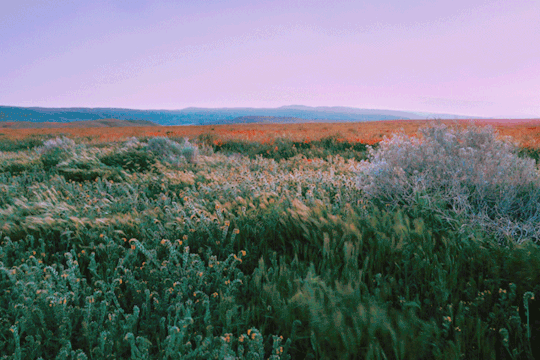
as the wind blows; antelope valley, california
instagram - twitter - website
#photographers on tumblr#artists on tumblr#landscape#nature#flowers#sunset#summer#meadow#art#original photographers#floral#wildflowers#aesthetic#pastel#evening#naturecore#wind#grass#california#gif#cinemagraph#plants#leah berman#photography
21K notes
·
View notes
Text
As relentless rains pounded LA, the city’s “sponge” infrastructure helped gather 8.6 billion gallons of water—enough to sustain over 100,000 households for a year.
Earlier this month, the future fell on Los Angeles. A long band of moisture in the sky, known as an atmospheric river, dumped 9 inches of rain on the city over three days—over half of what the city typically gets in a year. It’s the kind of extreme rainfall that’ll get ever more extreme as the planet warms.
The city’s water managers, though, were ready and waiting. Like other urban areas around the world, in recent years LA has been transforming into a “sponge city,” replacing impermeable surfaces, like concrete, with permeable ones, like dirt and plants. It has also built out “spreading grounds,” where water accumulates and soaks into the earth.
With traditional dams and all that newfangled spongy infrastructure, between February 4 and 7 the metropolis captured 8.6 billion gallons of stormwater, enough to provide water to 106,000 households for a year. For the rainy season in total, LA has accumulated 14.7 billion gallons.
Long reliant on snowmelt and river water piped in from afar, LA is on a quest to produce as much water as it can locally. “There's going to be a lot more rain and a lot less snow, which is going to alter the way we capture snowmelt and the aqueduct water,” says Art Castro, manager of watershed management at the Los Angeles Department of Water and Power. “Dams and spreading grounds are the workhorses of local stormwater capture for either flood protection or water supply.”
Centuries of urban-planning dogma dictates using gutters, sewers, and other infrastructure to funnel rainwater out of a metropolis as quickly as possible to prevent flooding. Given the increasingly catastrophic urban flooding seen around the world, though, that clearly isn’t working anymore, so now planners are finding clever ways to capture stormwater, treating it as an asset instead of a liability. “The problem of urban hydrology is caused by a thousand small cuts,” says Michael Kiparsky, director of the Wheeler Water Institute at UC Berkeley. “No one driveway or roof in and of itself causes massive alteration of the hydrologic cycle. But combine millions of them in one area and it does. Maybe we can solve that problem with a thousand Band-Aids.”
Or in this case, sponges. The trick to making a city more absorbent is to add more gardens and other green spaces that allow water to percolate into underlying aquifers—porous subterranean materials that can hold water—which a city can then draw from in times of need. Engineers are also greening up medians and roadside areas to soak up the water that’d normally rush off streets, into sewers, and eventually out to sea...
To exploit all that free water falling from the sky, the LADWP has carved out big patches of brown in the concrete jungle. Stormwater is piped into these spreading grounds and accumulates in dirt basins. That allows it to slowly soak into the underlying aquifer, which acts as a sort of natural underground tank that can hold 28 billion gallons of water.
During a storm, the city is also gathering water in dams, some of which it diverts into the spreading grounds. “After the storm comes by, and it's a bright sunny day, you’ll still see water being released into a channel and diverted into the spreading grounds,” says Castro. That way, water moves from a reservoir where it’s exposed to sunlight and evaporation, into an aquifer where it’s banked safely underground.
On a smaller scale, LADWP has been experimenting with turning parks into mini spreading grounds, diverting stormwater there to soak into subterranean cisterns or chambers. It’s also deploying green spaces along roadways, which have the additional benefit of mitigating flooding in a neighborhood: The less concrete and the more dirt and plants, the more the built environment can soak up stormwater like the actual environment naturally does.
As an added benefit, deploying more of these green spaces, along with urban gardens, improves the mental health of residents. Plants here also “sweat,” cooling the area and beating back the urban heat island effect—the tendency for concrete to absorb solar energy and slowly release it at night. By reducing summer temperatures, you improve the physical health of residents. “The more trees, the more shade, the less heat island effect,” says Castro. “Sometimes when it’s 90 degrees in the middle of summer, it could get up to 110 underneath a bus stop.”
LA’s far from alone in going spongy. Pittsburgh is also deploying more rain gardens, and where they absolutely must have a hard surface—sidewalks, parking lots, etc.—they’re using special concrete bricks that allow water to seep through. And a growing number of municipalities are scrutinizing properties and charging owners fees if they have excessive impermeable surfaces like pavement, thus incentivizing the switch to permeable surfaces like plots of native plants or urban gardens for producing more food locally.
So the old way of stormwater management isn’t just increasingly dangerous and ineffective as the planet warms and storms get more intense—it stands in the way of a more beautiful, less sweltering, more sustainable urban landscape. LA, of all places, is showing the world there’s a better way.
-via Wired, February 19, 2024
#california#los angeles#water#rainfall#extreme weather#rain#atmospheric science#meteorology#infrastructure#green infrastructure#climate change#climate action#climate resilient#climate emergency#urban#urban landscape#flooding#flood warning#natural disasters#environmental news#climate news#good news#hope#solarpunk#hopepunk#ecopunk#sustainability#urban planning#city planning#urbanism
14K notes
·
View notes
Text



Yosemite comes to life at sunrise
#yosemite#half dome#el capitan#yosemite valley#sierra Nevadas#aimeekb#sunrise#lesbians who hike#me and my boots against the world#nature#forest#adventure#hiking#travel#mountains#california#explore#landscape#water reflection
14K notes
·
View notes
Text

California Cottages: Interior Design, Architecture & Style, 1996
#vintage#vintage interior#1990s#90s#interior design#home decor#decorating#shed#she shed#library#garden#landscape design#flowers#dogs#thyme#modern#style#home#architecture#California#cottage
4K notes
·
View notes
Text

Snow in the Santa Lucia mountains, California, USA
by marlin harms
2K notes
·
View notes
Text
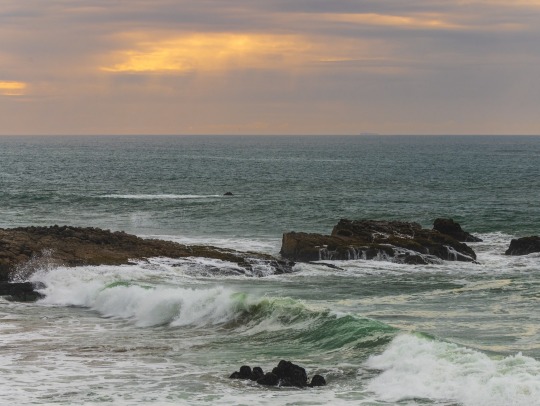
Pescadero State Beach
#mine#photography#california#travel#photographers on tumblr#nature#landscape photography#landscape#california photography
7K notes
·
View notes
Text
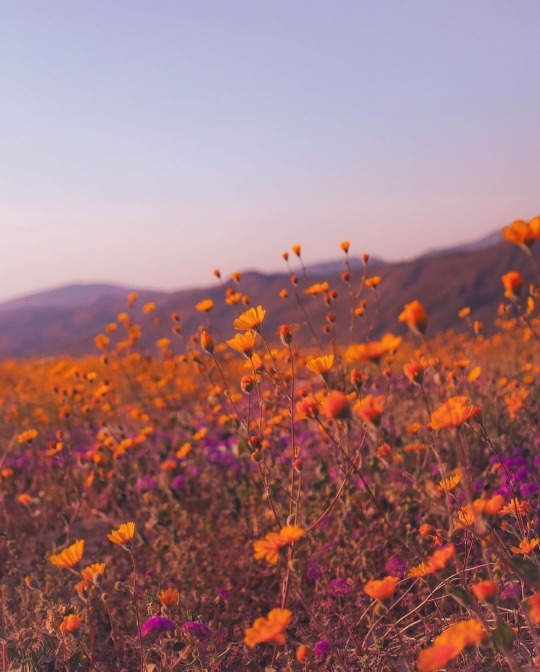
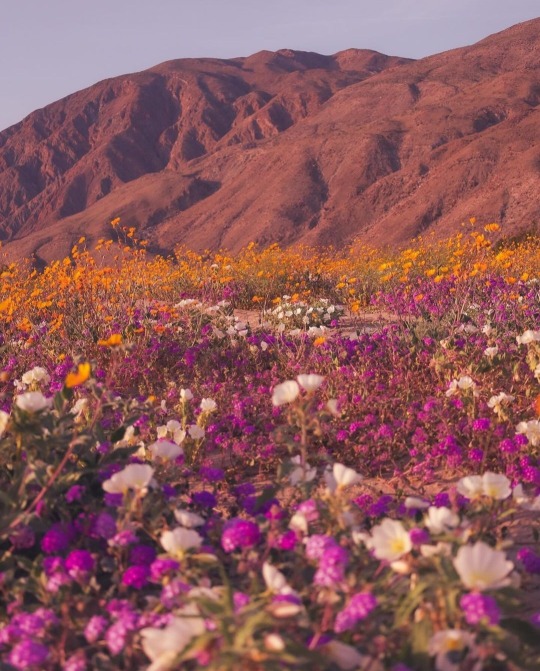
by desertarrowphotography
#desert#flowers#flowercore#wild flowers#superbloom#scenery#landscape#aesthetic#nature#naturecore#photography#california#spring#curators on tumblr#up
5K notes
·
View notes
Text

(by Vasilis Karkalas)
#vertical#landscape#a#x#watsf#curators on tumblr#trees#Vasilis Karkalas#road#woods#Humboldt Redwoods State Park#redwoods#avenue of the giants#weott#california#united states
2K notes
·
View notes
Text
Hiking Guide to Mammoth Lakes, California: Discover the Splendors of Nature
Embark on a thrilling adventure amidst the tranquil beauty of Mammoth Lakes, California. Our comprehensive hiking guide offers you the chance to explore the majestic peaks, serene alpine lakes, and breathtaking landscapes that this place has to offer. Each trail is a journey into the heart of nature, a trek that reveals the awe-inspiring geology, diverse wildlife, and the clear, azure skies of…

View On WordPress
#alpine lakes#backpacking California#California hiking guide#California landscapes#hiking trails#Mammoth Lakes adventure#Mammoth Lakes hiking#Mammoth Lakes tourism#Mammoth Lakes wildlife#mountain hikes#nature exploration#nature lover&039;s guide#Outdoor Adventures#peak adventures.#Scenic hikes#travel guide California#trekking Mammoth Lakes#wilderness treks
0 notes
Text
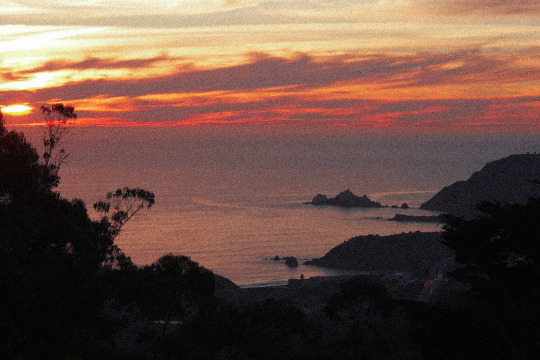




august light and birdsong
#california#landscape photography#nature photography#film photography#35mm#filmisnotdead#ocean#sea#trees#sunset#birds#naturecore#lensblr#original photographers#photographers on tumblr#diary
7K notes
·
View notes
Photo
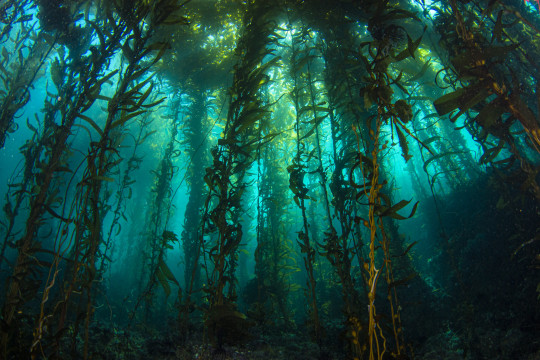
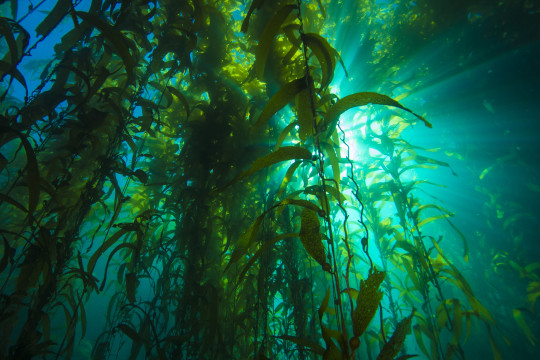
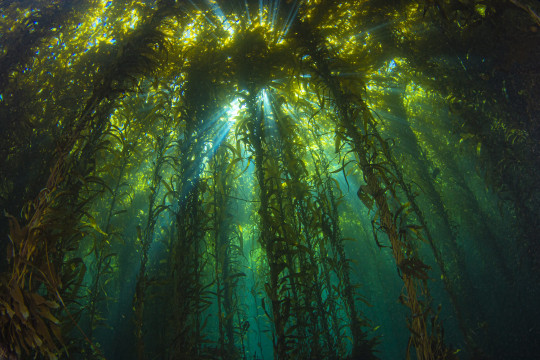
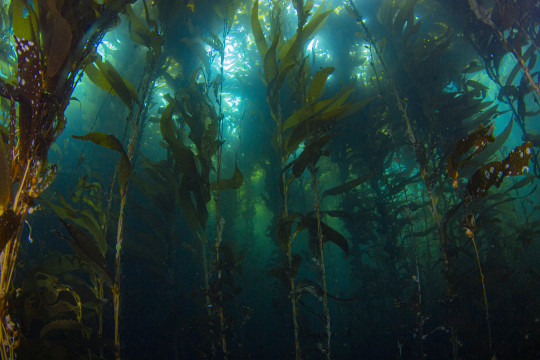

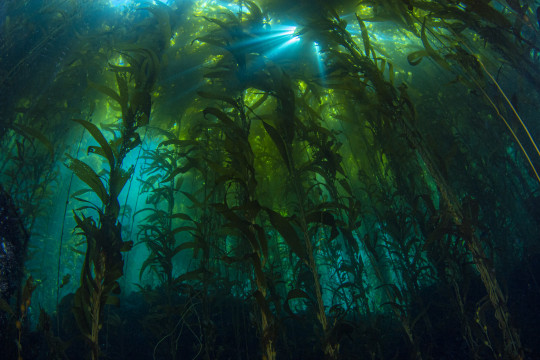
Kelp Forest by divindk
#kelp#underwater#ocean#nature#naturecore#green#glow#plants#kelp forest#california#light#forest#water#diving#landscape#curators on tumblr#uploads
25K notes
·
View notes
Text



silent reflections; mono lake, california
instagram - twitter - website
#photographers on tumblr#landscape#nature#aesthetic#pastel#sunset#lake#reflection#california#outdoors#pink#sky#original photographers#artists on tumblr#art#leah berman#photography
6K notes
·
View notes